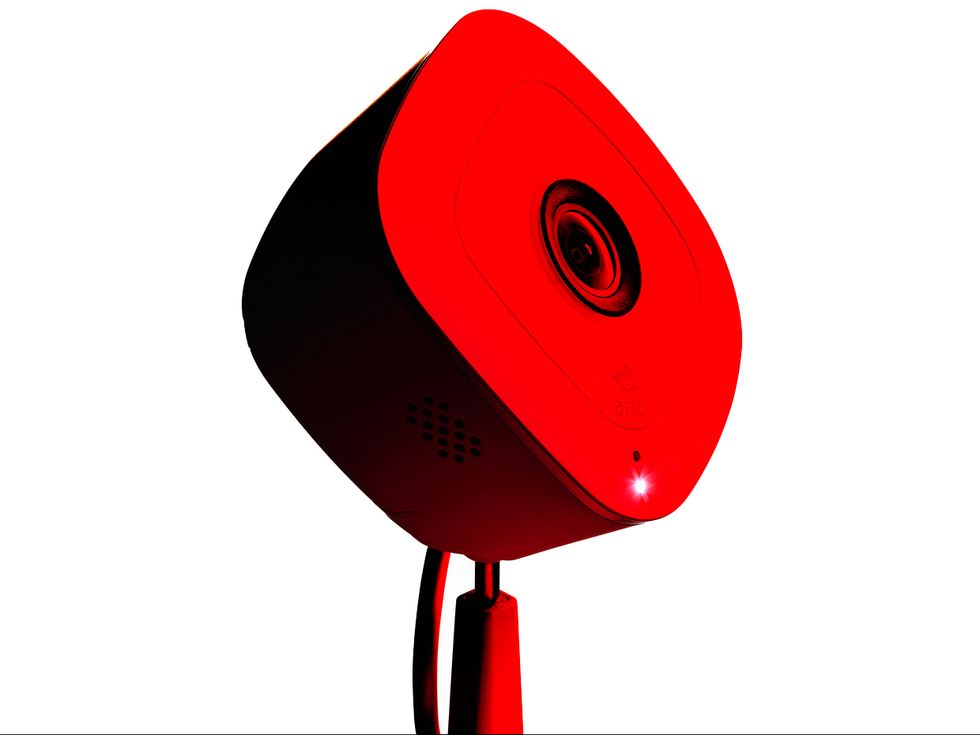ERI’s John Shegerian Describes the Dangers of Hardware Hacking and the “Insecurity of Everything” on Security Ledger Podcast
Press release content from Business Wire. The AP news staff was not involved in its creation.
FRESNO, Calif.–(BUSINESS WIRE)–Sep 23, 2021–
John Shegerian, Chairman/CEO of ERI, the nation’s leading fully integrated IT and electronics asset disposition provider and cybersecurity-focused hardware destruction company, is a featured guest on the current episode of the “ Security Ledger ” podcast.
The show, hosted by Paul F. Roberts, the founder and Editor in Chief of The Security Ledger, an independent security news and analysis publication that explores the intersection of cyber security with the Internet of Things, features interviews with leading minds in the area of cyber security, threats and attacks. The Security Ledger is an independent security news website that explores the intersection of cyber security with business, commerce, politics and everyday life. Security Ledger provides well-reported and context-rich news and opinion about computer security topics that matter in our IP-enabled homes, workplaces and daily lives.
In the current episode, Shegerian discusses his latest book, The Insecurity of Everything, and the various aspects of hardware security that are often overlooked in today’s society, both by consumers as well as businesses.
“It was an honor to talk with Paul and be featured on his excellent and informative podcast, the Security Ledger, sharing information on one of the most critical and pressing issues in the world today – the hardware hacking of private data,” said Shegerian. “Protection of privacy has become a greater issue than ever before. It is important that we share vital best practices for protecting digital privacy and security with the cybersecurity community and beyond.”
ERI is the largest fully integrated IT and electronics asset disposition provider and cybersecurity-focused hardware destruction company in the United States. ERI is certified at the highest level by all leading environmental and data security oversight organizations to de-manufacture, recycle, and refurbish every type of electronic device in an…



